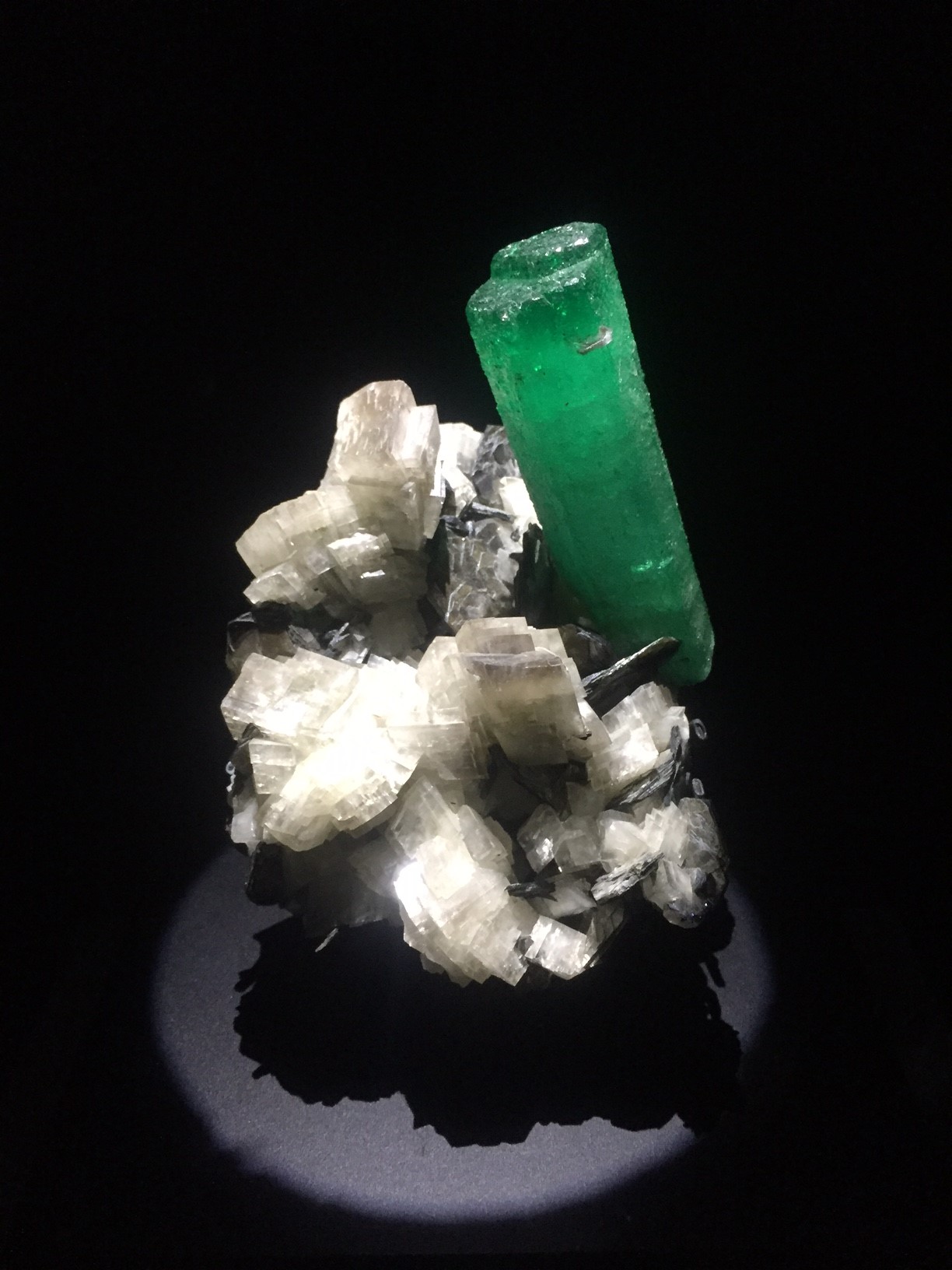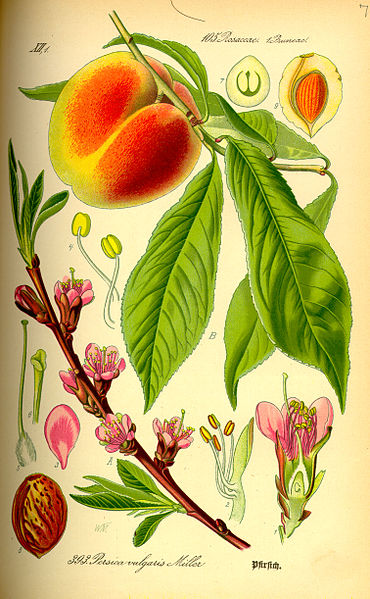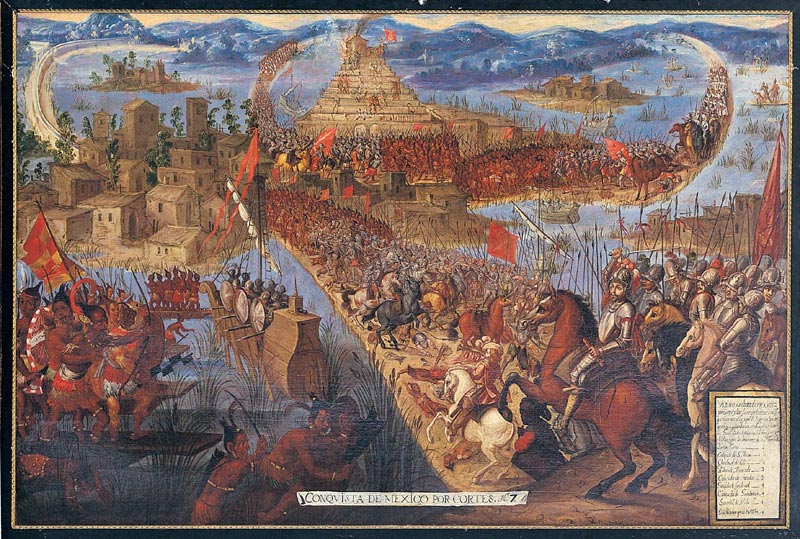My mom was a chemistry and home-ec teacher, so I grew up in a home where ingredients were carefully measured and food items were attractively arranged. While I got to help out in the kitchen as much as I wanted, I always liked being in the kitchen around the holidays. There were always new tricks or special touches added to dishes and along with these came short science lessons on why we were doing things that particular way.
One of my favorite things to help with in the kitchen were chocolate leaves. When done correctly, these are perfect little molds of the living leaf, just like the perfect molds and casts in the Morian Hall of Paleontology.
A chocolate leaf is made by smearing melted chocolate onto a leaf and putting it into the fridge to harden. Sounds easy, right? It is pretty easy. Read on!
Activity: Chocolate Leaves
Materials:
Leaves (*See note in step 1.)
Chocolate candy melts
Parchment or wax paper
A cookie sheet or plate for your leaves to rest on as they cool
Procedure:
1. Pick your leaves. I like to use slightly waxy leaves so you don’t have to worry about fuzzy bits in your chocolate. NOTE: Learn about the plant you are picking leaves from before you decide to use them. Many household plants are decorative but poisonous. Oleander is a great example of a plant that is pretty but poisonous. If you hate botany or don’t know about the Internet, getting pre-packaged basil or mint from the grocery store is a safe way to go. These leaves will be a little less firm, so you will need to be more careful with them.
2. Don’t pick leaves from poisonous plants. Seriously.
3. Wash your leaves with soap and water, rinse them thoroughly and then dry them completely. The chocolate won’t stick to wet leaves, so don’t rush this step. You will only be frustrated.
4. Put wax or parchment paper on a cookie sheet or plate. You want this to be something that will fit in the fridge with no problems.
5. Get out your candy melts. The melts come in a hundred colors. We are using chocolate colored ones in this tutorial. There will be instructions on the package on how to melt the specific brand of melts you purchased. In general, you will put the melts in a microwave safe bowl and microwave them a few seconds at a time stirring as you go. Don’t overheat the melts. They get gross and there is no coming back from that.
6. When you have everything melted and creamy, hold the leaf by its stem. I like pinching it between my thumb and index finger and then using my middle and ring finger to support the leaf. Do what feels comfortable to you.
7. Dip your stirring spoon into the chocolate. Use the BACK of the spoon to spread the chocolate on the leaf. Make sure the chocolate is thick enough that it won’t break when you try to peel it. Place the leaves on the parchment as you work, and don’t let them touch.
8. The side of the leaf you use is up to you. If you are using mint and you put the chocolate on the back of the leaf, you will have some crazy patterns. If you want something more subtle, use the front of the leaf. Coat the leaf almost to the edges. If you go too far, you will get ugly edges that are hard to peel. But don’t worry! Those leaves are the best to eat.
9. Put the tray of leaves in the fridge and wait a few minutes.
10. When the chocolate is set, peel the leave off the chocolate. You should have a perfect little mold of your original leaf. This may take a little practice. Work quickly as you have something designed to melt with heat in your hot little hands.
11. Done! You can store the leaves in the fridge until you are ready to use them. If the leaves got soft when you were working with them, put them back in the fridge to firm them up. Once they are firm, you can toss them in a plastic container.
Okay! So what’s the science here?
The word “chocolate” comes from the Nahuatl word Xocolatl for “bitter water,” referring to its original incarnation as a hot, spiced beverage in the Mayan and Aztec traditions. Traditionally, chocolate is a mixture of cacao powder, cocoa butter, and a sweetener. To make chocolate palatable and stable, we now mix milk solids, added flavors, modifiers, and preservatives.
Those candy melts? NOT CHOCOLATE! In this example, they are sort of chocolate colored, so they have that going for them, but they also come in a bunch of colors that are not known to nature so… not chocolate. They are mostly made of sugar and vegetable fats – not cocoa butter – and depending on the brand, they may throw in a little wax for better melting. Mmmmm… wax.
The advantage to the melts over the regular chocolate is that they do have the wax and the vegetable oil in them, which makes melting easier since the chocolate doesn’t need to be tempered. It hardens pretty quickly and sticks to whatever you dip in it, so it makes a great coating for cake pops or whatever crazy things show up on Pinterest this month.
Want to get super nerdy about your chocolate? (I assume you do…) MIT has these tidbits available.
What’s in typical chocolate?
- 10-20% cacao
- 8-16% milk solids
- 32-60% sugar
- 10-20% cocoa butter
- 2% theobromine and polyphenols
Cocoa Butter Chemistry
Fats and oils are organic molecules made up of three fatty acids chemically linked by an ester bond to glycerol. Fats are solid at room temperature, while oils are liquid.
Cocoa butter fats are made up predominantly by three major fatty acid molecules: Palmitic Acid, Stearic acid, and Oleic acid.
Oleic acid is unsaturated (has a double bond on its carbon chain), making it kinked and unable to pack well with other molecules. Because of this, a greater portion of oleic acid in the fat results in a lower melting temperature for the cocoa butter.
Chocolate makers can adjust the amounts of each fatty acid to produce a chocolate that melts only in the mouth, giving it a superior quality.
Tempering chocolate
The cocoa butter in chocolate can have several different crystal structures (three-dimensional patterns in which the fat molecules pack). There are six known chocolate crystal forms, or polymorphs. You can obtain each form by varying the fatty acid ratios and the temperature at which the chocolate is tempered (cooled).
Only a few of the polymorphs are considered good for gourmet chocolate because they give the right blend of snap (when you bite into the chocolate) and melting (when it warms up in your mouth). Melting is especially important because it controls how well the chocolate disperses and releases flavor onto your tongue.
Whether you will be constructing culinary masterpieces this fall or sitting back and enjoying the kitchen creations of others, we hope you have a happy holiday with you and yours! (And when you’ve had a little too much togetherness, we will be open on Friday…)











